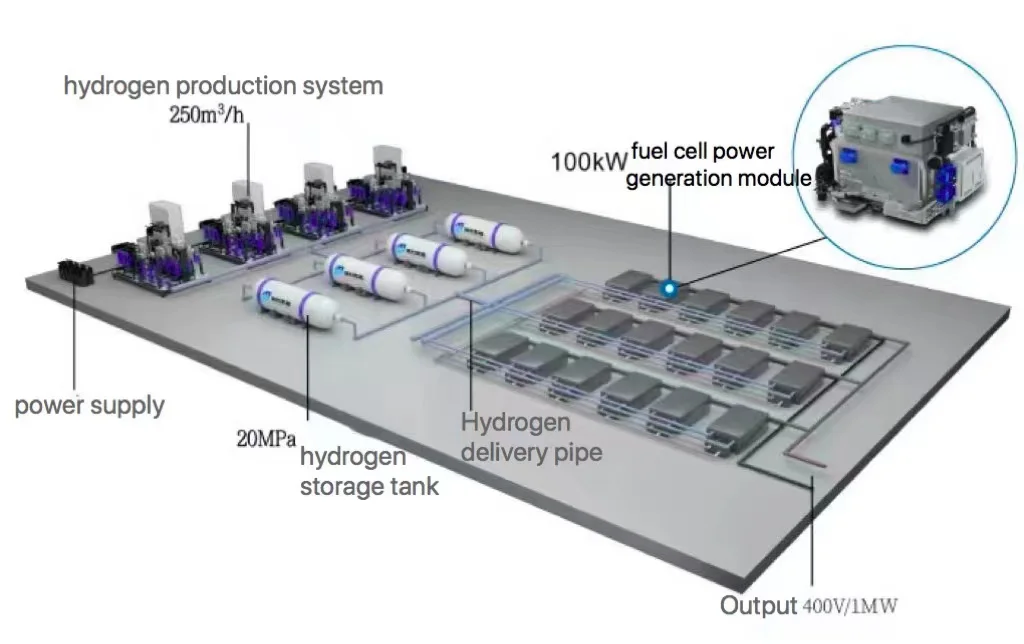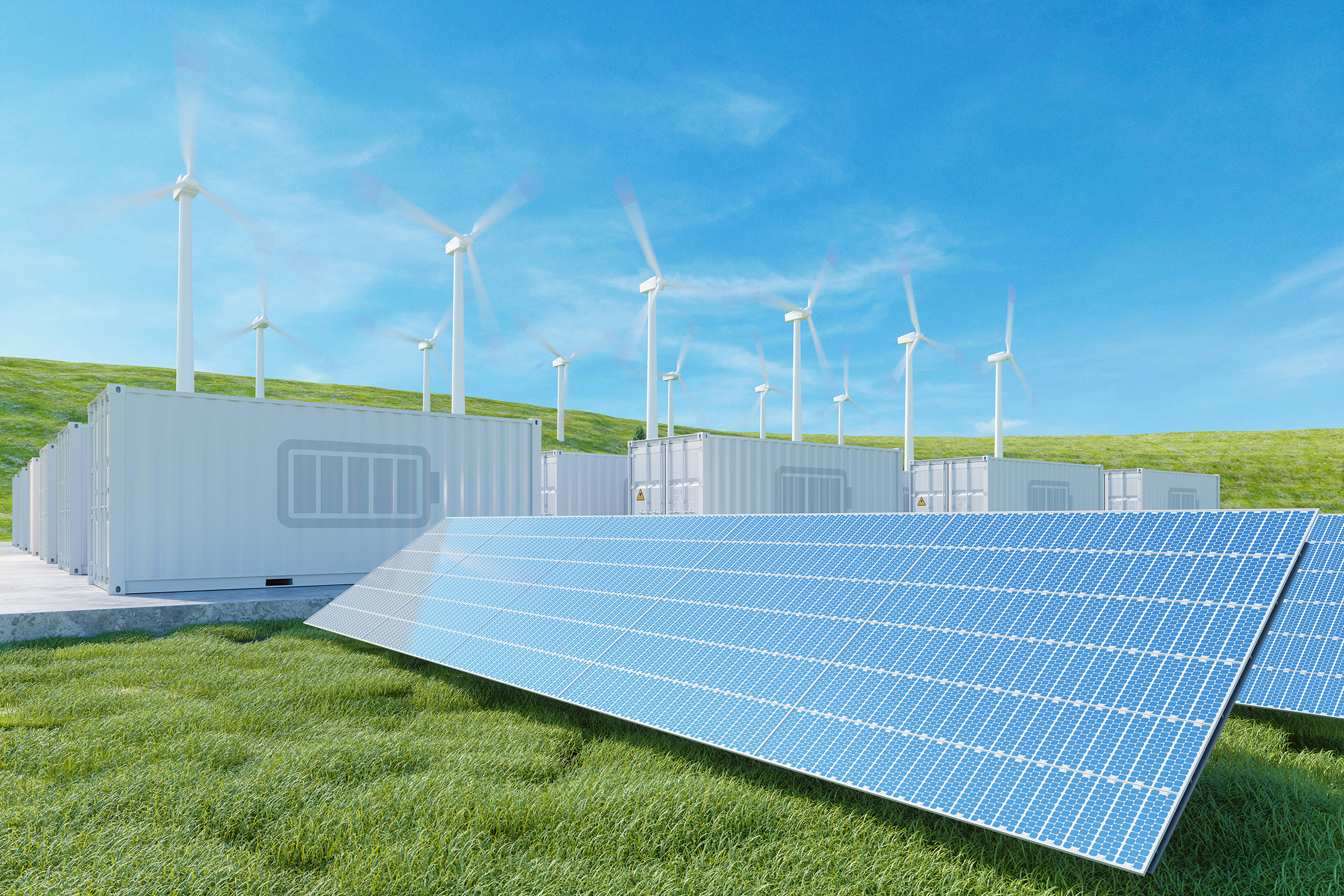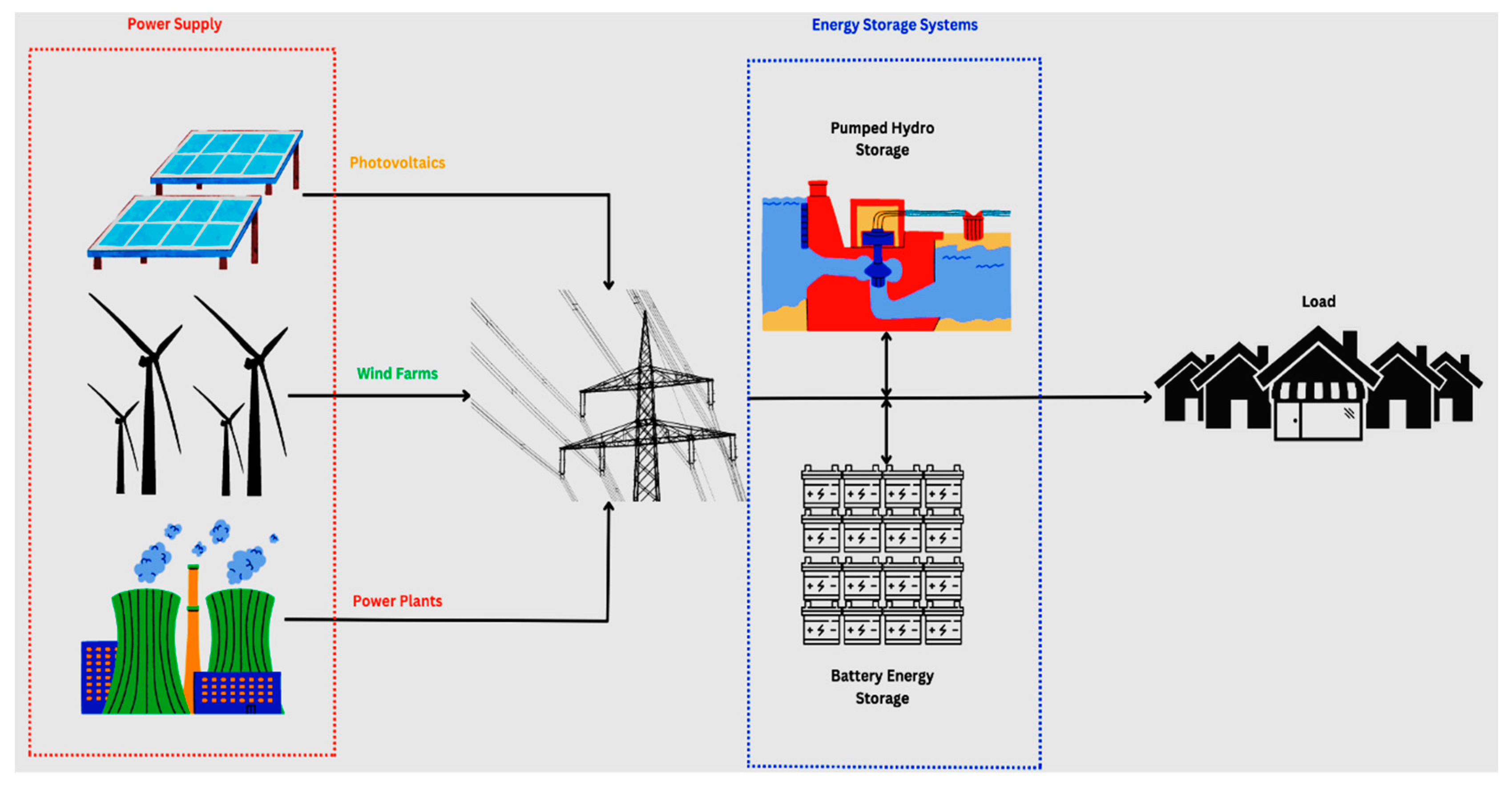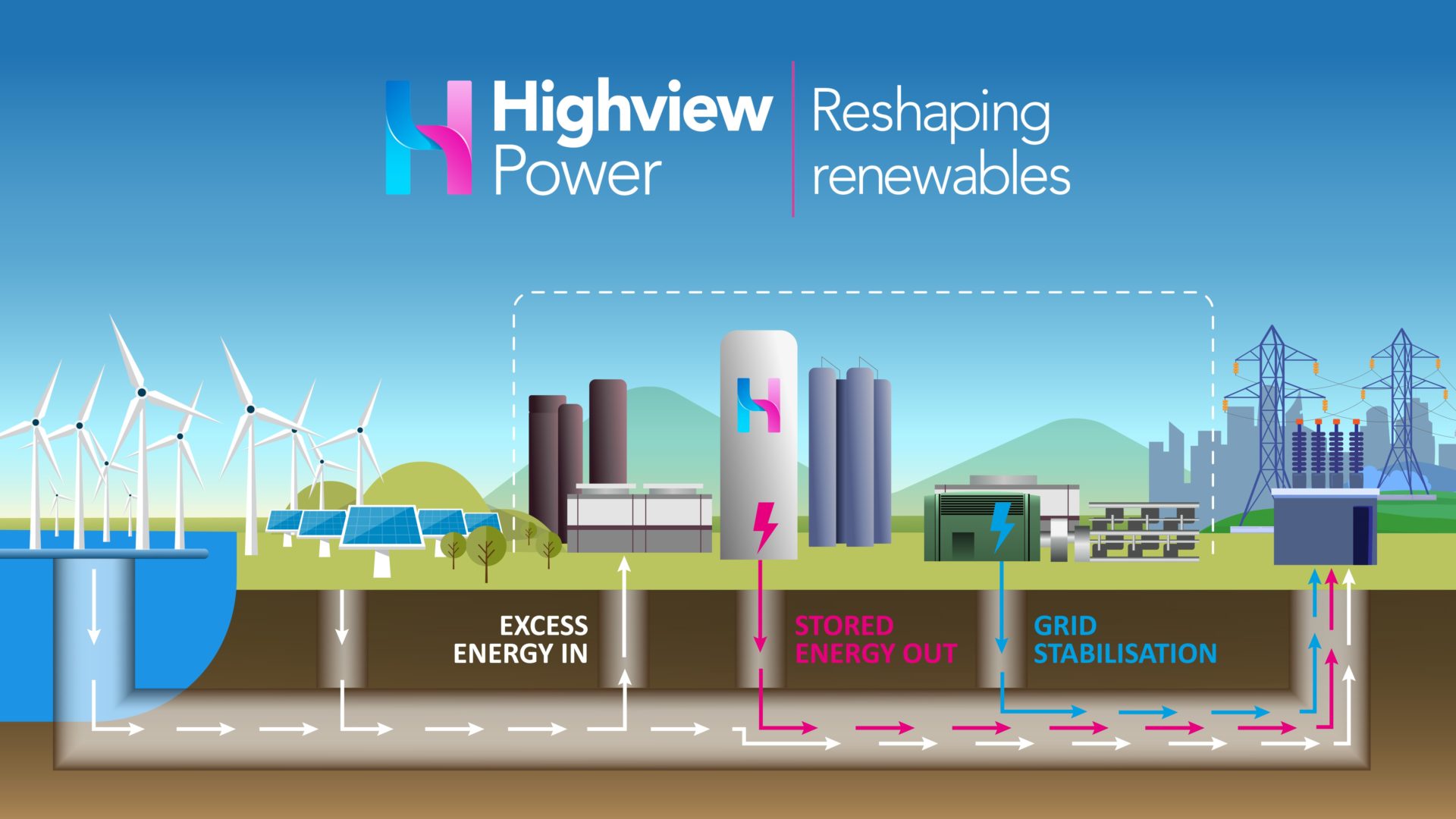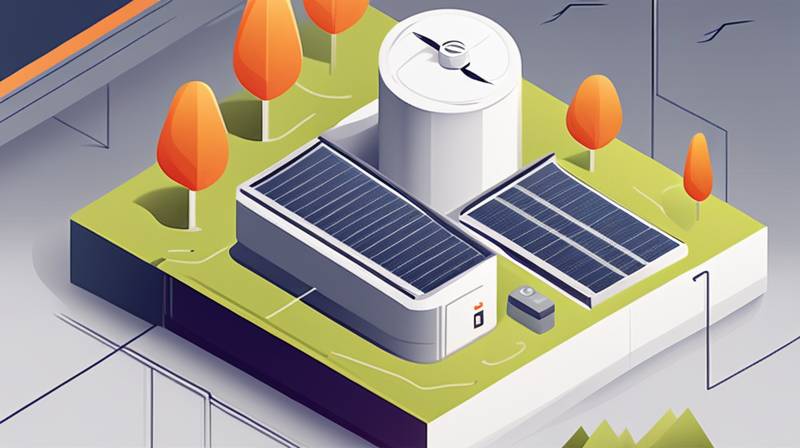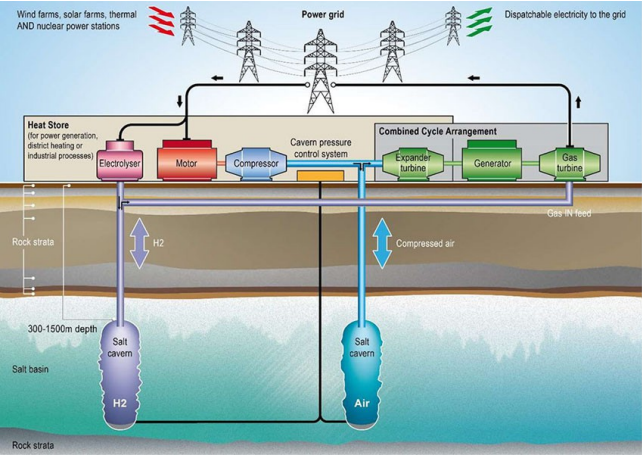Provides Long Term Energy Storage For Plants

Imagine a world where crops flourish even during prolonged droughts, where fields remain vibrant and productive regardless of unpredictable weather patterns. This isn't a scene from a science fiction novel, but a glimpse into the potential future of agriculture, thanks to groundbreaking research focused on long-term energy storage within plants themselves. The sun blazes, the wind whispers through the leaves, but the promise of sustained growth remains, etched into the very cells of the plants.
The development of methods for long-term energy storage in plants represents a pivotal advancement in agricultural biotechnology. This innovation holds the potential to revolutionize food production, offering resilience against climate change and ensuring food security for future generations. By enhancing a plant's ability to store energy, scientists are essentially creating a buffer against environmental stressors, allowing crops to thrive even when conditions are less than ideal.
The Science Behind the Breakthrough
Plants naturally store energy in the form of carbohydrates, primarily starch, during photosynthesis. This process converts sunlight, water, and carbon dioxide into glucose, which is then used for growth and development. However, the amount of energy stored and the duration of its availability are often limited, leaving plants vulnerable to periods of prolonged darkness, drought, or nutrient scarcity.
Researchers are exploring several avenues to enhance long-term energy storage in plants. One promising approach involves manipulating the plant's metabolism to increase the production and storage of starch or other energy-rich compounds. This can be achieved through genetic engineering, selective breeding, or the application of specific chemical treatments. Another approach focuses on improving the plant's ability to efficiently utilize stored energy when needed.
Genetic Engineering: A Powerful Tool
Genetic engineering has emerged as a powerful tool in the quest to enhance long-term energy storage. Scientists can introduce genes that encode enzymes involved in starch synthesis or degradation, effectively altering the plant's metabolic pathways. For example, researchers have successfully increased starch content in crops like potatoes and rice by overexpressing genes involved in starch biosynthesis.
Furthermore, genetic engineering can be used to modify the structure of starch granules, making them more resistant to degradation and allowing for longer storage periods. These modifications can result in a more stable and readily available energy source for the plant during times of stress.
Selective Breeding: Harnessing Natural Variation
While genetic engineering offers precise control over plant metabolism, selective breeding leverages the natural variation present within plant populations. By carefully selecting and crossing plants with desirable traits, breeders can gradually improve the energy storage capacity of crops over generations. This traditional approach is often favored by consumers who prefer non-genetically modified organisms.
Selective breeding can be particularly effective when combined with advanced genomic tools, such as marker-assisted selection. This technique allows breeders to identify plants with specific genes associated with enhanced energy storage, accelerating the breeding process and improving its efficiency.
The Impact on Agriculture and Food Security
The ability to enhance long-term energy storage in plants has profound implications for agriculture and food security. Crops with improved energy reserves are better equipped to withstand environmental stresses, such as drought, heat waves, and nutrient deficiencies. This translates to more stable yields and reduced reliance on irrigation and fertilizers.
In regions prone to drought, crops with enhanced energy storage could provide a critical lifeline for farmers and communities. These plants can survive longer periods without water, ensuring a harvest even when rainfall is scarce. This resilience is particularly important in developing countries where agriculture is often rain-fed and vulnerable to climate change.
Furthermore, enhanced energy storage can improve the nutritional quality of crops. By increasing the content of starch or other energy-rich compounds, scientists can create more nutritious food sources that can help combat malnutrition, particularly in regions where access to diverse diets is limited.
Challenges and Future Directions
While the potential of long-term energy storage in plants is immense, several challenges remain to be addressed. One key challenge is to optimize the balance between energy storage and other important traits, such as yield and disease resistance. Simply increasing starch content may not always translate to improved overall performance, as it could potentially divert resources away from other essential processes.
Another challenge is to ensure that the enhanced energy storage does not negatively impact the environment. For example, increased starch production could lead to higher carbon dioxide emissions during respiration. Therefore, it is crucial to develop sustainable strategies for enhancing energy storage that minimize environmental impacts.
Future research will focus on addressing these challenges and further refining the techniques for enhancing long-term energy storage. This includes exploring new genetic engineering approaches, optimizing breeding strategies, and developing innovative management practices that promote sustainable agriculture.
According to a report by the Food and Agriculture Organization (FAO), global food production will need to increase by 70% by 2050 to meet the growing demand from a projected population of 9.7 billion. Innovations like enhanced energy storage in plants will be crucial to achieving this goal and ensuring food security for all.
A Sustainable Future for Agriculture
The development of methods for long-term energy storage in plants represents a significant step towards a more sustainable and resilient agricultural system. By empowering plants to withstand environmental stresses, we can reduce our reliance on external inputs and ensure a stable food supply for future generations. This is not merely about increasing yields; it's about fostering a deeper understanding of the intricate relationship between plants and their environment.
The journey towards widespread adoption of these technologies will require collaboration between scientists, policymakers, and farmers. Investing in research and development, creating supportive regulatory frameworks, and providing farmers with the knowledge and resources they need to implement these innovations are all essential steps.
Ultimately, the promise of long-term energy storage in plants is a promise of hope – a hope for a future where agriculture is more resilient, food is more secure, and the planet is more sustainable. It is a vision where science works in harmony with nature, creating a world where all can thrive.


